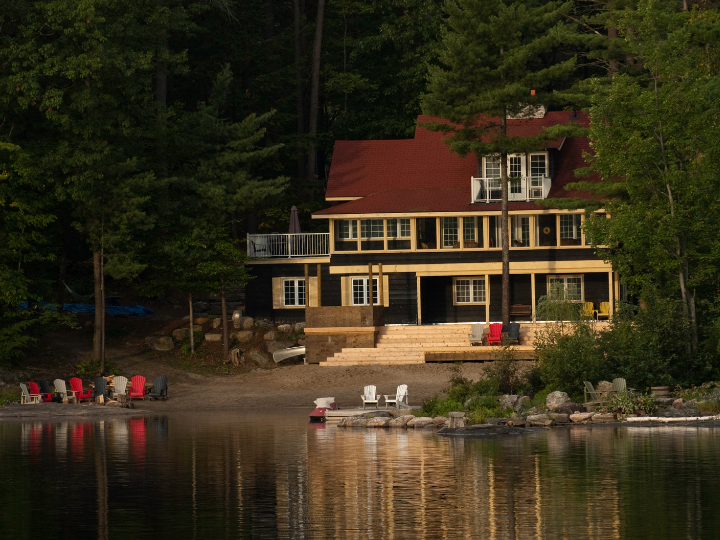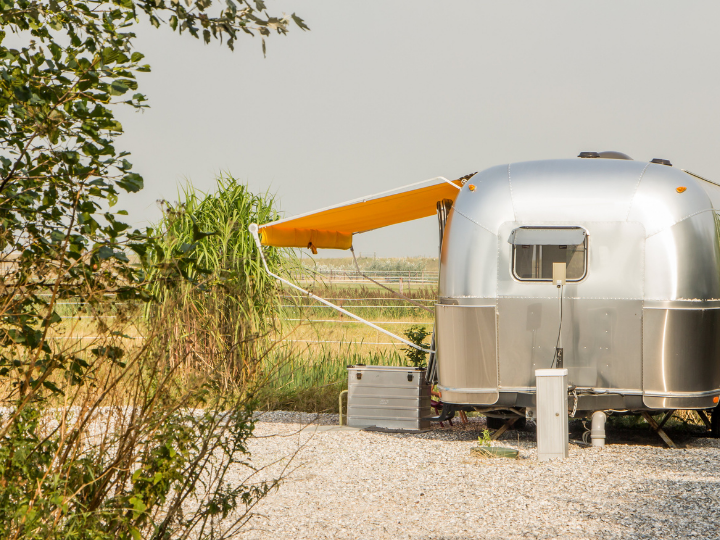Is My Landscaping Covered Under My Homeowners Policy?”
September 27, 2021
Landscaping is one of the best ways to improve your property and increase its value. Proper landscaping creates street appeal and offers a way to relax and enjoy nature without leaving your home. And the thing is, landscaping can be as minimal or extravagant as you want, making it a property upgrade that works for any budget.
Homeowners in Canada looking to add landscaping to their property will want to find out how the new landscaping will affect their homeowner’s insurance and if they should anticipate any significant changes once the landscaping is fully installed.
Why You Should Consider Adding Landscaping to Your Property
If you are considering adding landscaping to your property and are not sure if you should, here are a few reasons why you might want to proceed:
- It increases the aesthetics of your home and can make it look more inviting to guests.
- It makes your property more valuable and may help sell it faster (and for a higher price).
- It can help reduce noise pollution in the neighborhood.
- It may increase the resale value of your home.
- It gives you a place to relax and enjoy nature, indoors or outdoors.
- It helps to create more privacy on your property, which can be especially nice if you have nosy neighbors living nearby!
This list could go on and on, but you get the gist. Landscaping can be a tremendous asset to any property, but you should be aware of the insurance limitations before spending money on landscaping.
Does Your Home Insurance Policy Cover Landscaping?
Coverage depends on several factors. Your homeowner’s policy is made up of two main sections: property and liability. We will cover each section as it relates to landscaping in more detail.
The Property Section
This section of your homeowner’s policy covers things like your home itself, separate structures such as a shed or fence, and personal property. However, it also protects your landscaping with a catch. While your home and contents may have broader coverage, only a few limited perils are covered when it comes to landscaping.
What Perils Are Covered When Damage Occurs to Landscaping?
Examples of covered perils include:
- Fire or lightning
- Explosion
- Riot or civil commotion
- Aircraft
- Theft or vandalism
If landscaping sustains damage and not one of the covered perils listed above, a homeowner’s policy will not respond. For example, if you have an expensive Japanese maple tree installed in your backyard and it dies during a summer drought, the policy will not respond. However, if the same Japanese maple tree gets hit by lightning or fire, the policy will respond. Keep in mind that it is subject to your policy’s deductible. It is important to note that some landscape contractors and garden centers offer a warranty for a specific period for anything they install or sell. This may help when the landscaping was damaged, but not because of a covered peril on their homeowner’s policy.
What About Wind and Hail Damage?
Wind and hail are some of the most common covered losses to a home. However, wind and rain are not covered losses when it comes to landscaping. That means if your maple tree blows over in your backyard because of the wind, your homeowner’s policy will not pay for the damage. Some policies do, however, cover the removal of trees that have fallen by the wind. However, you will not get reimbursed for the value of the tree.
Additionally, if pests or vermin damage your landscaping, the policy will not respond. In addition, your homeowner’s policy excludes damage caused by flooding. Therefore, you would need to purchase a separate flood policy for coverage to apply.
It is important to note that the damaged landscaping must be located on your property. A homeowner’s policy does not respond to claims where the landscape is situated elsewhere, like a shared community green space.
How Are Claims Settled?
You may get reimbursed for damaged landscaping, or your insurance company may only cover the removal of dead plants. Check your policy and with your agent to find out how your policy responds to covered losses.
Most policies only cover landscaping of up to 5% of your home dwelling limit and typically only pay up to $500 for a single item. So, if your home dwelling limit is $500,000, you have a $25,000 maximum limit for landscaping. Thus, if your Japanese maple tree valued at $1,500 is hit by lightning, the most you will receive is $500 for it.
The Liability Section
This is the section of the policy that pays when you are legally liable for damages. For example, you have an old tree that is dead. Your neighbor asks you to cut it down before it falls in the next storm and damages his home. Unfortunately, you do not get around to cutting the tree down, and it falls and damages your neighbor’s property. The liability section of your policy would pay for the damages your neighbor sustained.
How Does Landscaping Affect Your Home Insurance Policy?
Adding landscaping to your property will affect your homeowner’s insurance policy in more ways than one. Examples include the following:
It Affects Your Home’s Value
Any changes to your home or property increases the value of the property. Therefore, you always need to update your insurer about any changes you make to your property, including adding landscaping and especially if the landscaping is more than 5% of your dwelling coverage.
It Increases Risks
Large trees, uneven stone walkways, ponds, and other water features increase the risk of harming individuals and nearby property. Hence, be sure to consult with your insurance agent to make sure you have adequate protection.
Learn More About How Landscaping Upgrades Can Affect Your Home Insurance Policy
If you would like to learn more about how installing landscaping will increase your insurance, contact the experts at Duliban Insurance Brokers at 855-Duliban, or reach out to them online. They have the knowledge and years of experience needed to consult with you about your landscaping project and how it may affect your insurance coverage.












